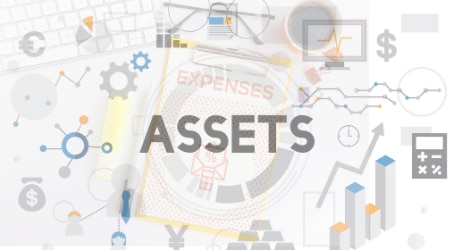Entrepreneurs go into business with a variety of pre-existing skills. Some are natural salespeople, while others have the ability to come up with ideas that sell themselves.
But, while there may be a handful of entrepreneurs who are truly financially savvy, the majority cringe at the thought of preparing financial statements and managing the books of their small business. Even if you hire an accountant and especially if you utilize accounting software, it’s still important to have a basic understanding of the inner workings of your company’s finances.
Because of this, there are some basic financial terms every entrepreneur should know as their business grows. These terms may come up in meetings with potential investors, partners, and clients, so it’s important to be aware of them and to understand how they might affect your business.














